Talk Overview
In his first talk, Tim Mitchison introduces the concept of self-organization of molecules in living systems. He focuses on the cytoskeleton, and in particular on microtubules, as an example of proteins that self-organize and, in turn, are key players in the spatial organization of cells. He also presents an interesting comparison of self-assembly and self-organization and what he considers the key difference between these processes. Mitchison continues his talk on self-organization in part 2, with a focus on the meiotic spindle. Using Xenopus eggs as a model system, Mitchison explains how spindle assembly is initiated, and that microtubules within the spindle constantly grow, shrink and slide relative to each other. These reactions result in an organized structure capable of responding to its environment.
Speaker Bio
Tim Mitchison
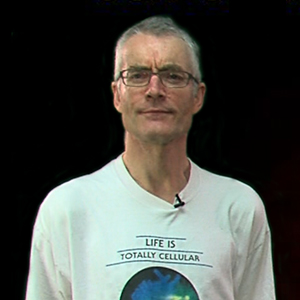
Tim Mitchison completed his undergraduate degree in biochemisty at Oxford University before moving to the University of California, San Francisco to do his PhD with Marc Kirschner. After a brief post-doc at National Institute for Medical Research in London, Mitchison returned to UCSF as an assistant professor in 1988. In the late 1990s, he moved… Continue Reading
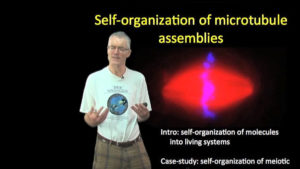
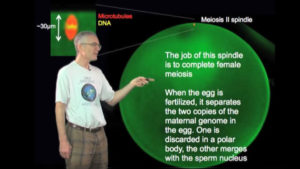
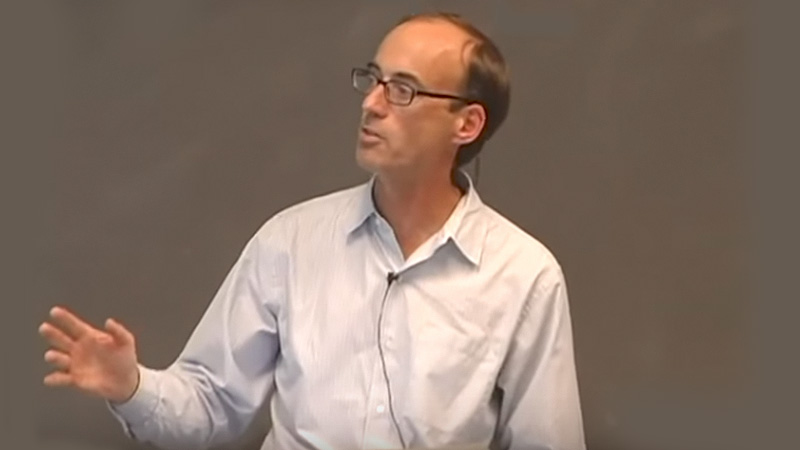
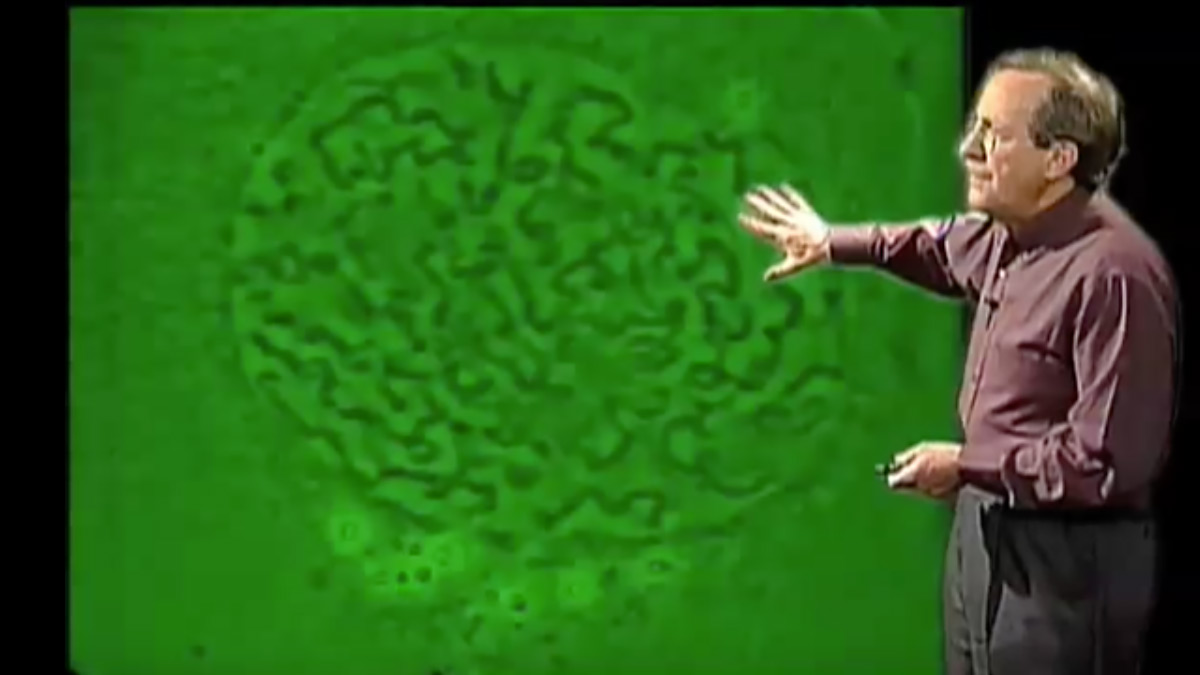
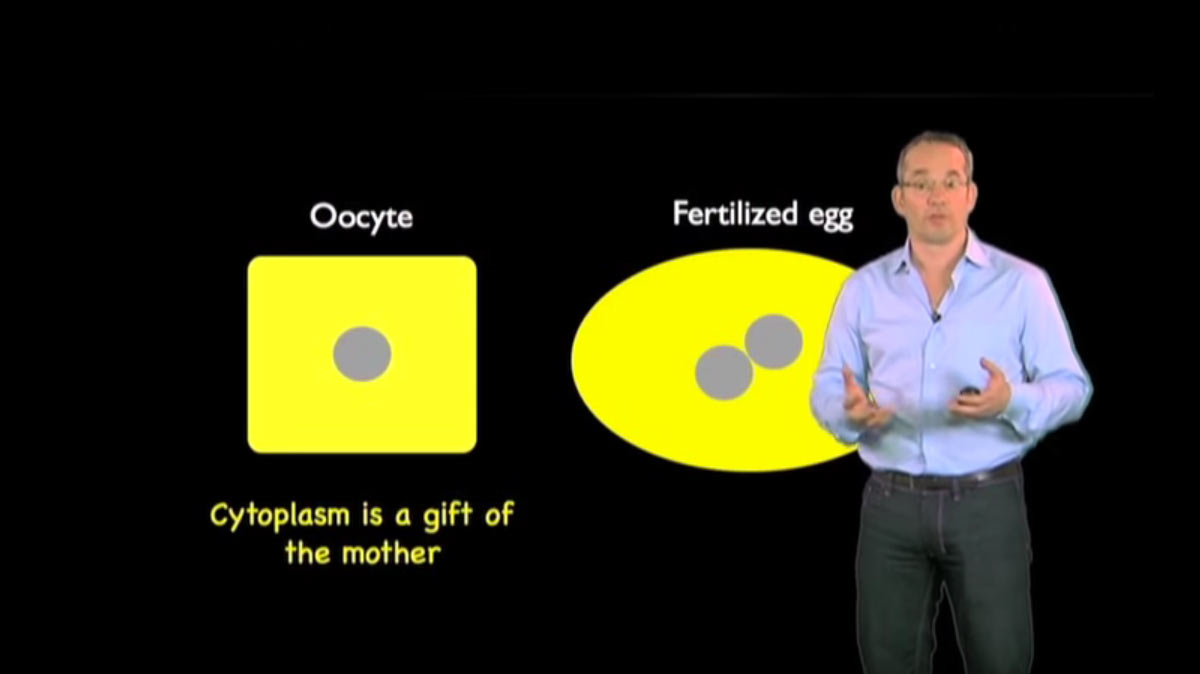
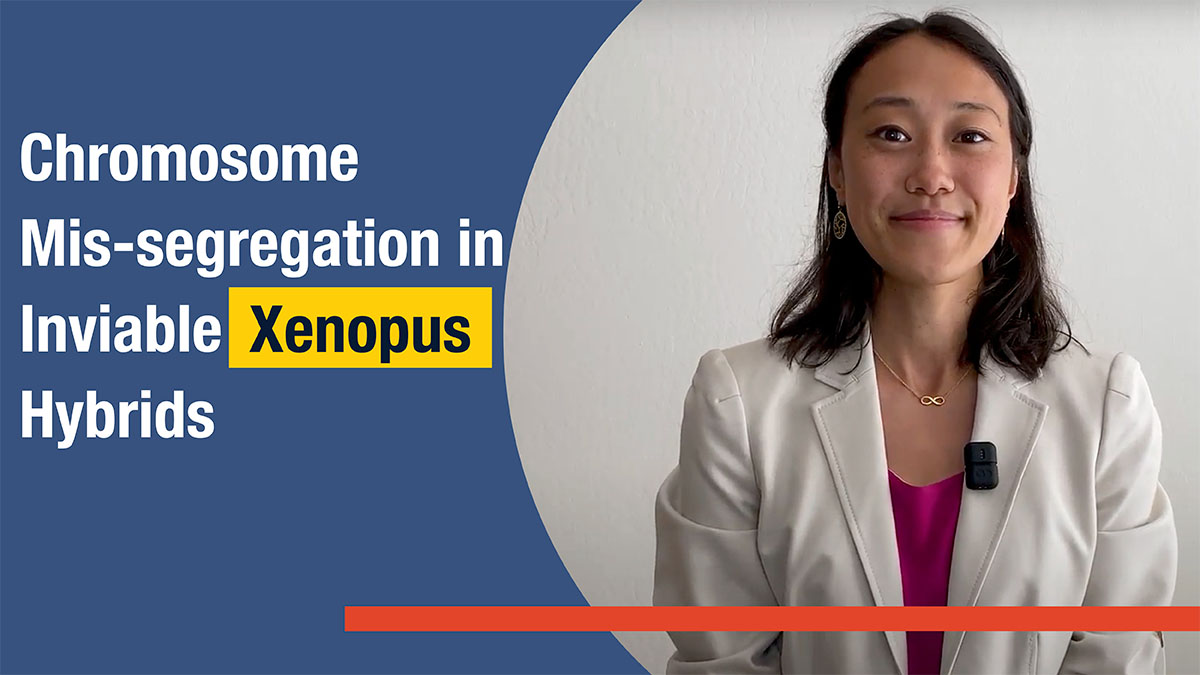





Leave a Reply